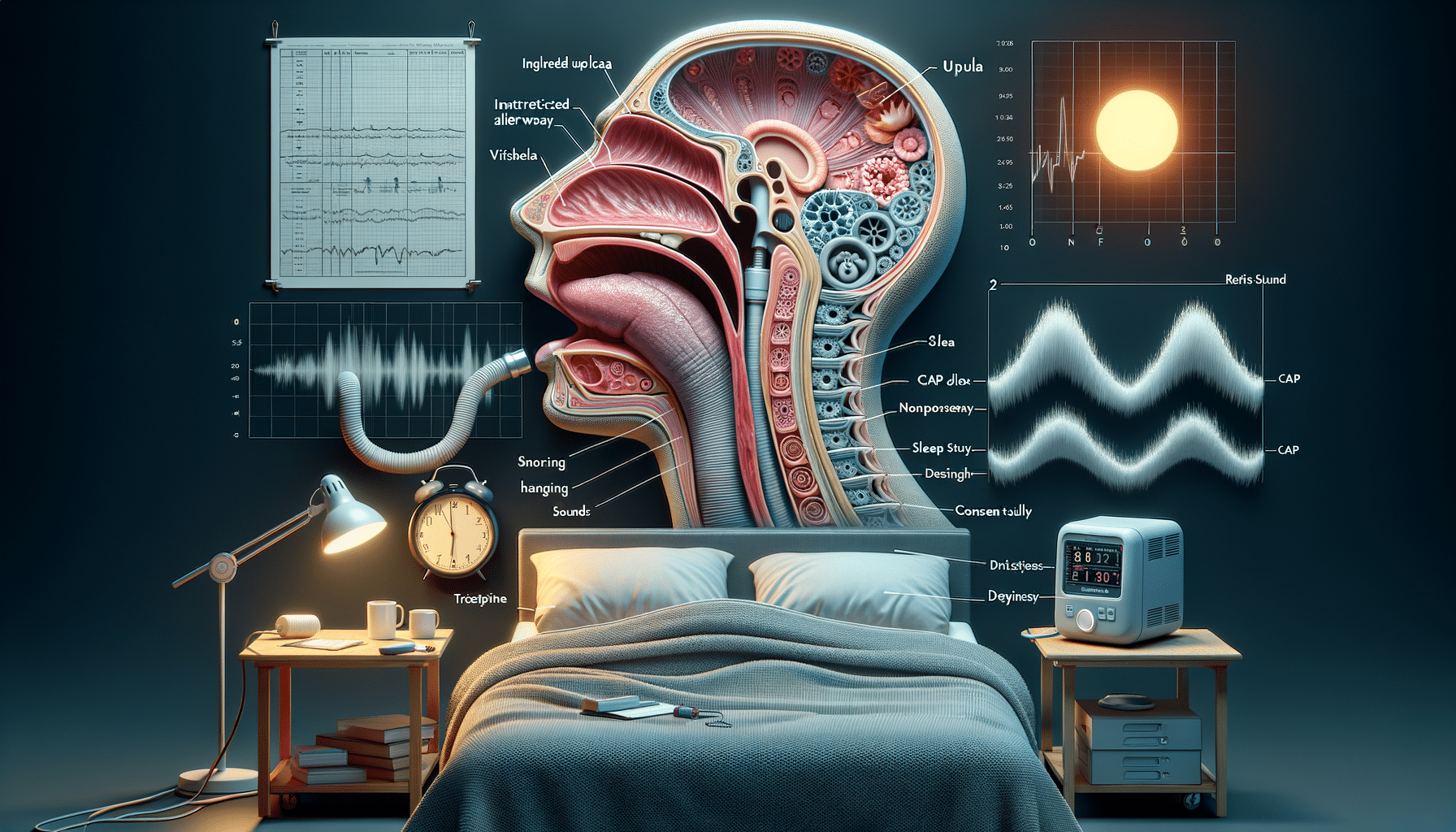
Could Your Fatigue Be Sleep Apnea? 8 Signs You Shouldn’t Ignore
Understanding Sleep Apnea: A Silent Disrupter
Sleep apnea is a common yet often undiagnosed condition that affects millions of individuals worldwide. Characterized by repeated interruptions in breathing during sleep, it can significantly impact one’s quality of life. These interruptions, known as apneas, can last from a few seconds to minutes and may occur 30 or more times an hour. The most common type, obstructive sleep apnea (OSA), occurs when the throat muscles intermittently relax and block the airway during sleep. Central sleep apnea, on the other hand, is less common and involves the brain failing to send proper signals to the muscles that control breathing.
The significance of understanding and diagnosing sleep apnea lies in its potential to lead to serious health issues if left untreated. It is associated with an increased risk of cardiovascular diseases, diabetes, and even stroke. Furthermore, the condition can severely affect one’s daily life, leading to excessive daytime sleepiness, irritability, and difficulty concentrating. By raising awareness and understanding the symptoms and risks associated with sleep apnea, individuals can seek timely medical intervention and improve their overall health and well-being.
Symptoms and Risk Factors: Are You at Risk?
Recognizing the symptoms of sleep apnea is crucial in seeking appropriate treatment. Common signs include loud snoring, episodes of breathing cessation during sleep (often noticed by another person), abrupt awakenings accompanied by gasping or choking, and morning headache. Additionally, individuals may experience insomnia, excessive daytime sleepiness, and attention problems.
Several risk factors can increase the likelihood of developing sleep apnea. These include obesity, a narrow airway, being male, older age, family history, use of alcohol or sedatives, smoking, and nasal congestion. Notably, obesity is a significant risk factor due to the fat deposits around the upper airway, which can obstruct breathing. Men are more likely to have sleep apnea than women, although the risk for women increases with menopause.
Understanding these symptoms and risk factors can aid in early detection and management of sleep apnea. If you or someone you know exhibits these symptoms, it may be time to consult a healthcare professional for further evaluation.
Diagnosis and Treatment: Navigating Your Options
Diagnosing sleep apnea typically involves a comprehensive evaluation that includes a sleep history and physical examination. One of the primary diagnostic tools is a polysomnography, a sleep study that records brain waves, blood oxygen levels, heart rate, and breathing during sleep. Home sleep tests, which are more convenient and less expensive, may also be used to diagnose the condition.
Treatment options for sleep apnea vary based on the severity of the condition. Lifestyle changes are often recommended as a first step, including weight loss, quitting smoking, and avoiding alcohol. Continuous Positive Airway Pressure (CPAP) therapy is a common treatment that involves wearing a mask connected to a machine that delivers air pressure to keep the airway open during sleep. For those who find CPAP challenging, alternative treatments such as oral appliances or surgery may be considered.
It is essential for individuals diagnosed with sleep apnea to work closely with their healthcare providers to determine the most effective treatment plan. Addressing sleep apnea not only improves sleep quality but also reduces the risk of related health complications.
The Impact of Sleep Apnea on Daily Life
Living with untreated sleep apnea can have profound effects on daily life. The most immediate impact is often excessive daytime sleepiness, which can impair performance at work or school and increase the risk of accidents. Individuals may also experience mood disturbances, such as irritability or depression, and cognitive difficulties, including problems with memory and concentration.
The condition can also strain personal relationships, as loud snoring and frequent awakenings may disrupt the sleep of partners or family members. This can lead to frustration and tension within the household. Moreover, the chronic fatigue associated with sleep apnea can diminish one’s overall quality of life, making it challenging to engage in social activities or maintain an active lifestyle.
Recognizing the broader impact of sleep apnea highlights the importance of seeking treatment. By improving sleep quality, individuals can enhance their physical health, emotional well-being, and interpersonal relationships.
Conclusion: Taking Steps Toward Better Sleep Health
Sleep apnea is a serious condition that requires attention and appropriate management. By understanding its symptoms, risk factors, and treatment options, individuals can take proactive steps to improve their sleep health. Early diagnosis and intervention are crucial in preventing the long-term health consequences associated with untreated sleep apnea.
If you suspect you or a loved one may have sleep apnea, consult a healthcare professional for a thorough evaluation. With the right treatment, it is possible to achieve restful sleep and enhance overall quality of life. Remember, addressing sleep apnea is not just about improving sleep; it’s about safeguarding your health and well-being.